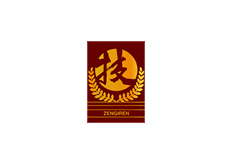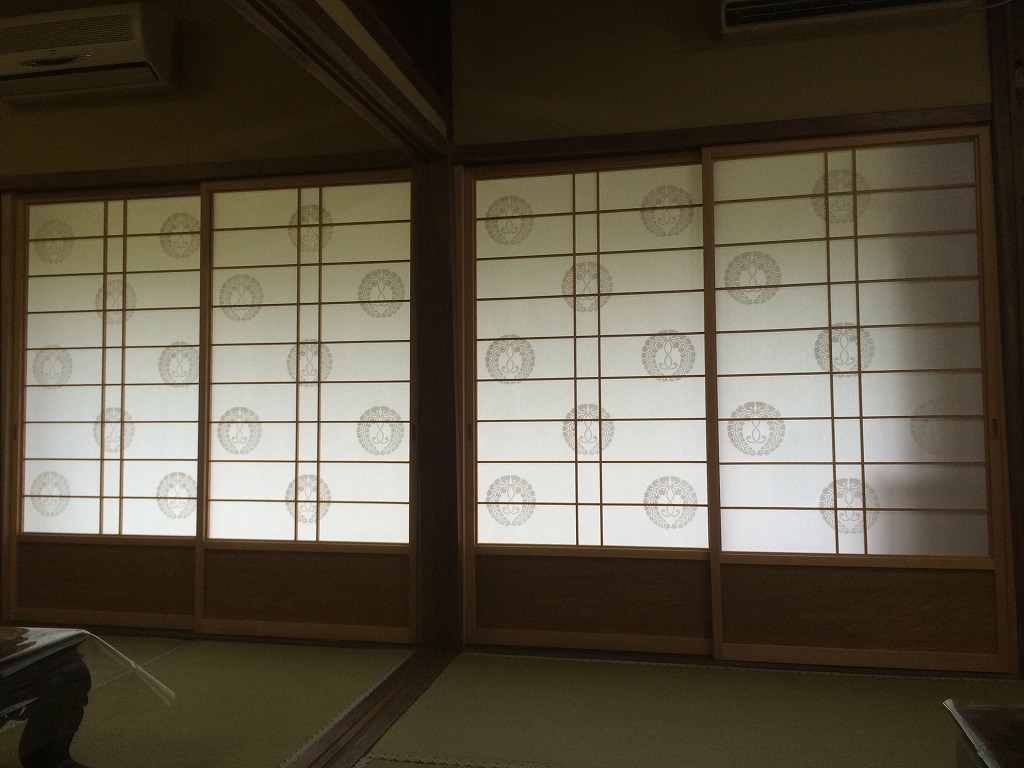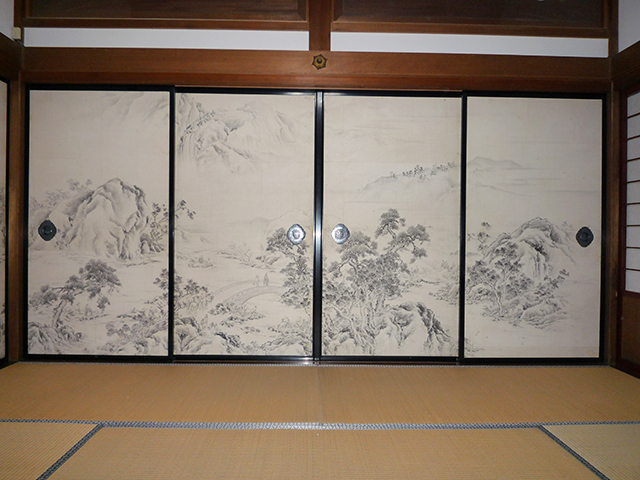What is Hyogu?
Hyogu refers to such as shoji(sliding screen), fusuma(sliding door), gajou(thumbtack), tsuitate(screen), byobu(folding screen), haritsukekabe(pasting wall), kakejiku(Hanging scroll), makimono(scroll), and gakuso(framing) that are made by laying cloth and/or paper.
Tailoring Hyogu is called “Hyoso“.
About Hyogu craftsmen
Hyogu craftsmen target diverse work, including not only the restoration of historical works of art such as kakejiku (hanging scrolls) and byobu (folding screens), as well as theHyoso of temple ceilings and walls, but also almost all practical fixtures using paper closely connected to your everyday life such as fusuma (sliding doors) and shoji (sliding screens).
“Hyogu craftsmen” may sound unfamiliar to you, but we’d like you to get to know just a little about us.
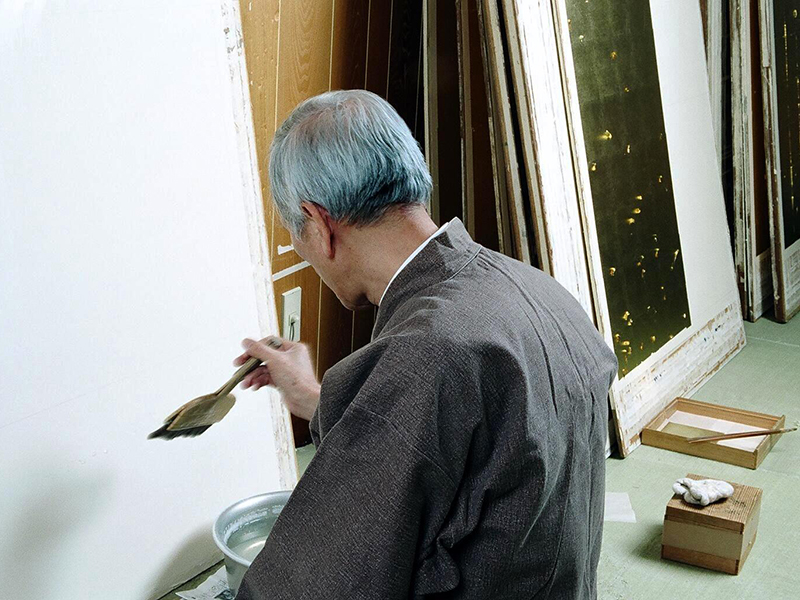
The work of Hyogu craftsmen
The products we handle are so diverse that it’s not an exaggeration to say they include everything related to paper. In addition to making new products, we also restore old items by removing dirt and give them a longer life. Our skills can be widely applied, so don’t hesitate to contact us if you are wondering whether you can ask the Hyogu craftsmen something. We hope we can help you.
Putting gold foil onto a piece of paper. Covering a wall with gold-foil paper. Such techniques are usually conducted separately by specialists in the individual fields. Hashimoto Kogando, however, does both of them.
Fusuma (sliding door): A representative Japanese fixture that is used as a room divider or for a closet, etc.
Shoji (sliding screen): Also a representative Japanese fixture, it allows soft light through the Japanese paper.
Kakejiku (hanging scroll): Calligraphy or painting on a wall scroll, which is displayed in an elevated alcove.
Framing: To place a calligraphy or painting in a frame.
Partition: Traditionally called tsuitate in Japanese.
Wall covering: To put wallpaper on a wall. Interior finish work.
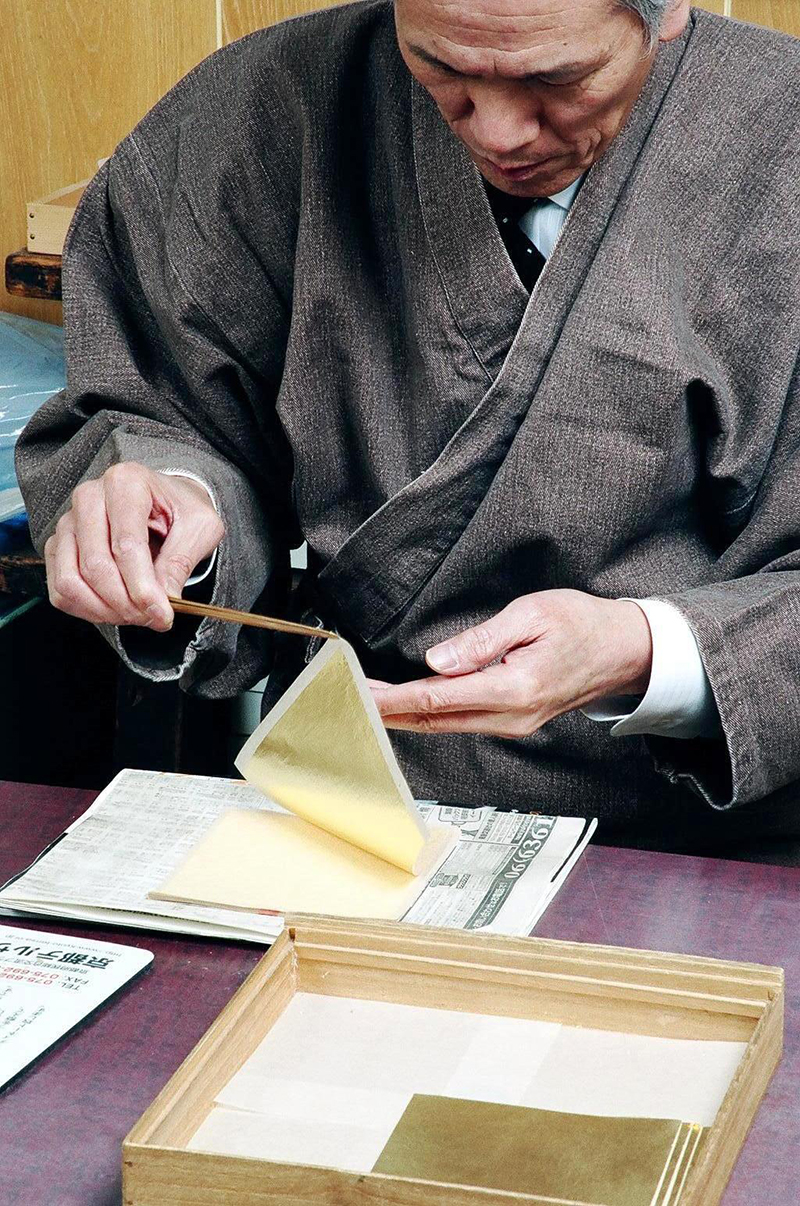
History of Hyogu craftsmen
The work of Hyogu craftsmen was introduced from China along with the introduction of Buddhism, and developed mainly in Kyoto where art and religion were popular. Its history started in the Nara and Heian periods, when people were very keen on Buddhism, and it is said that Hyogu craftsmen were mainly employed when making Buddhist texts into scrolls and displaying Buddhist paintings and calligraphy. Thereafter, based on the development of the culture of tokonoma (elevated alcove), wall scrolls, folding screens and the like gained popularity and started to become established as the work of Hyogu craftsmen. People came to have lifestyles using sliding doors and sliding screens, and it is said that in the Edo period, the current role of Hyogu craftsman was well-established.
Traditional crafts of Kyoto
Kyo-Hyogu is designated as a certified traditional craft by the Ministry of Economy, Trade and Industry (METI).
Certified traditional crafts are defined as “crafts of which the main characteristic raw materials or techniques/methods have been passed down to today, and which have been modified in accordance with the industrial environment or the needs of the time while their attraction has been maintained.”
The certification criteria are as follows:
- That it is a craft.
- That it is used mainly for everyday purposes.
- That major parts of its manufacturing process are manually conducted.
- That it is manufactured using traditional techniques or methods.
- That its raw materials have been used traditionally.
- That a certain area forms its production area.
There are many items in Kyoto that are designated as certified crafts. We believe it’s our important role to continue to preserve such traditional techniques.
Nishijin-ori (weaving), Kyo-sashimono (woodwork), Kyo-kanokoshibori (dyed products), Kyo-butsudan (Buddhist altars and altar articles), Kyo-yuzen(dyed products), Kyo-butsugu (Buddhist altars and altar articles) Kyo-komon(dyed products), Kyo-ishikogeihin (stonework, precious-stone work), Kyo-kuromontsukizome (dyed products),Kyo-ningyo (dolls), Kyo-nui (other textile products) Kyo-sensu (other crafts), Kyo-kumihimo (other textile products), Kyo-uchiwa (other craft products), Kyoyaki, Kiyomizuyaki(pottery) Kyo-hyogu(other crafts), Kyo-shikki (lacquerware)
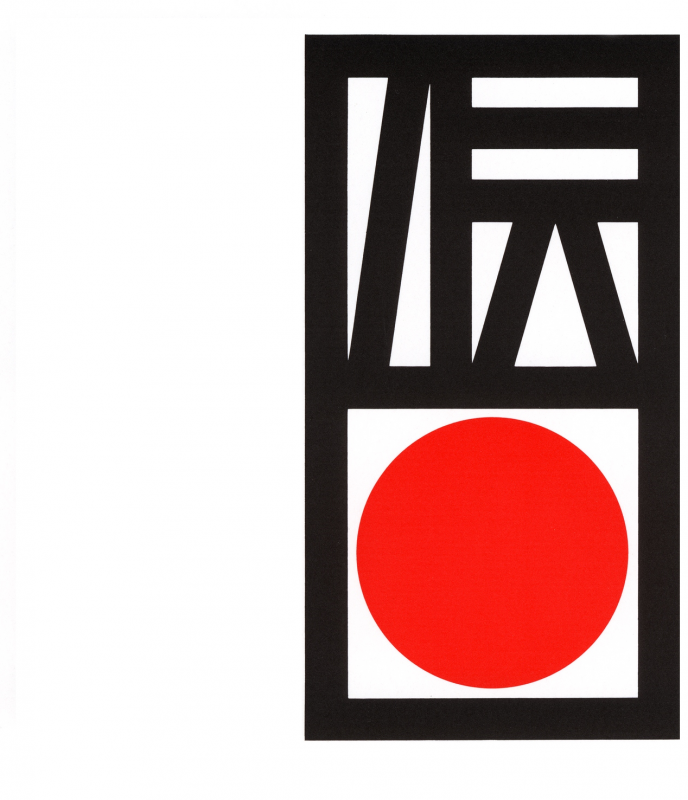
Hashimoto Kogando, a shop with specialists
Did you know that there is a national examination for Hyogu and wall-covering craftsmen? In addition to Hyogucraftsmen, specialist certifications are also set for many other fields.
We are a shop with specialists who have skills officially certified by the specialist examination. We make every effort to be a Hyogu shop counted on by local communities.
Kinzo Hashimoto
Authorized by METI as a certified traditional craftsman in the division of Hyogu, KYO Butsu-Hyogu, traditional crafts
Shinji Hashimoto
Authorized by METI as a certified traditional craftsman in the general division, Kyo-Hyogu, traditional crafts
Authorized by the Ministry of Health, Labour and Welfare (MHLW) as a class-1 Hyoso specialist (Hyogu and wall-covering techniques)
Ryoichi Yamamoto
Authorized by MHLW as a class-1 Hyoso specialist (Hyogu and wall-covering techniques)
Yoshiyuki Nakagawa
Authorized by MHLW as a class-1 Hyoso specialist (Hyogu techniques)
